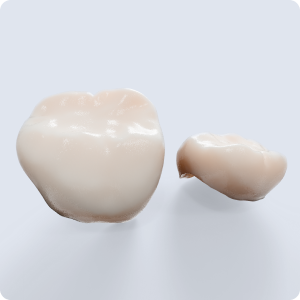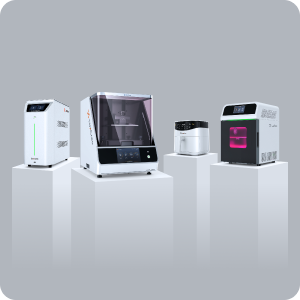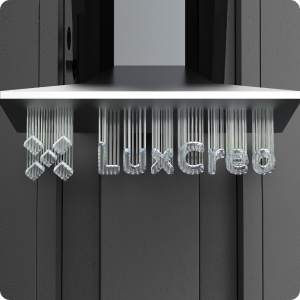
Five Advantages of 3D-Printed Tooling
Traditional manufacturing processes are known for high-throughput and highly efficient production, but all require significant investment in tooling. Production assets for processes like CNC machining and injection molding all require unique tooling, and a single or missing defective tool can halt an entire production line. Many tools used in high-volume production are not available off-the-shelf and require time to design, fabricate, and customize. All steps require capital expenditures (CAPEX) and can delay production.
3D printing can produce customized tools for traditional manufacturing processes and carry several advantages over standard tooling. When quickly replacing or customizing a tool, the right 3D printing solution will provide a fast, on-demand production solution.

Why Use 3D-Printed Tooling?
3D-printed tooling offers several other advantages beyond cost reduction and uptime. Here are some of the main points of interest:
Create Tooling Quickly and On-Demand
Manufacturers can use 3D printing to immediately place an order for tooling with an external service bureau as long as 3D CAD models are available for the required tool. Alternatively, an in-house Smart Factory 3D printer can quickly produce a new or replacement tool. It takes a matter of hours or days to produce custom tooling instead of weeks and months in both traditional and 3D printing cases. The right Smart Factory 3D printing partner will also provide an on-demand production option for larger tooling orders simplifying and speeding up the manufacturing process for small and volume orders.
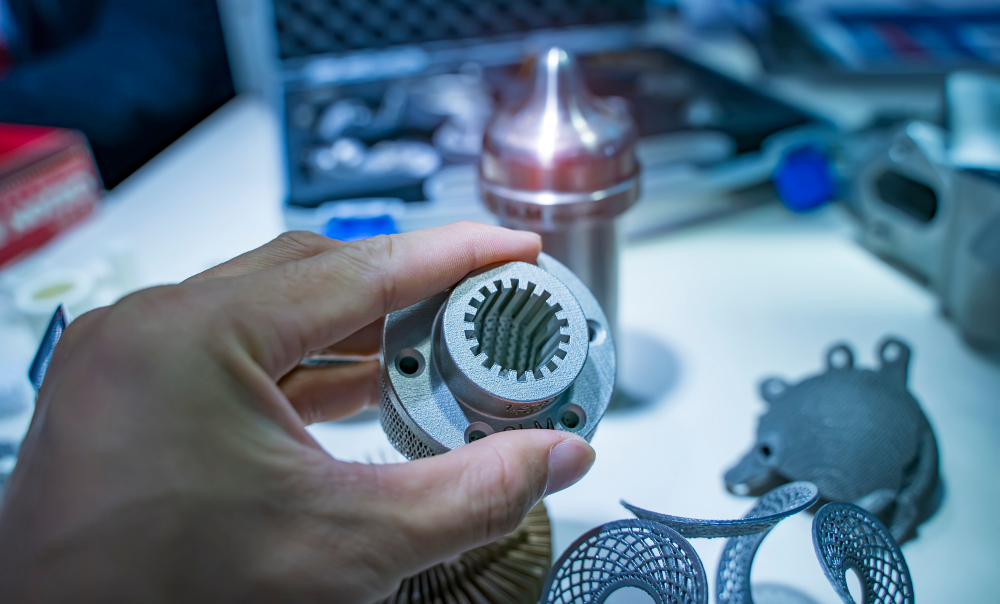
Some processes like injection molding require tooling adjustments during fabrication to fit the final product. Manufacturers can fine-tune 3D-printed tools to fit the product and process over multiple design cycles. This flexibility helps ensure high quality and low defect rate with 3D-printed mold or with a final metal mold.
Cost Reduction Over Time
The ability to fine-tune a tool to exact specifications also helps to lower costs over time. Once a design for a tool or fixture is finalized, it can be 3D-printed repeatedly and accurately over multiple production batches and Smart Factory 3D printers. Some may find advanced 3D-printable materials costly on a per-weight basis, but the reduced material waste lowers total costs and makes 3D-printed tooling highly competitive with traditional tooling. Due to the digitalized workflows for Smart Factory 3D printer tooling fabrication, labor costs are significantly lower over multiple runs. Both lower materials used with additive production and repeatable production batch to batch, and Smart Factory 3D printer to Smart Factory 3D printer help reduce total costs for complex 3D-printed tooling.
Durability
In the past, 3D printing materials consisted primarily of soft plastics used with an extrusion process (i.e., fused deposition modeling, or FDM) or tough plastics with rough surfaces and lower accuracy with SLS powder. Today’s advanced materials are competitive with traditional materials known for their strength, durability, high heat deflection temperature, and low cost.
Additionally, hybrid additive solutions for tooling offering metals like aluminum, stainless, and titanium are advancing in density and performance. However, they require post-print sintering and machining to finalize the part in most cases. The latest high-performance resins for vat-polymerization solutions, such as resins developed by LuxCreo for its Smart Factory 3D printers, include a broad range of resins that are hard and durable, stable at high temperature, and achieve excellent final part surface smoothness and dimensional accuracy directly from the Smart Factory 3D printer.
Lightweight
One method for reducing the weight of solid parts involves fabricating them with a lattice structure. Companies start with a tooling CAD model and then use generative design software, like LuxStudio, to convert the solid tooling CAD model into a latticed model ready to print. This new latticed model achieves minimum weight while still delivering the strength, stiffness, and durability required by the tooling. The latticed parts are difficult or impossible to fabricate with traditional methods like casting, CNC milling, or forging.
3D printing can fabricate a part with a latticed interior while using less raw material whereas traditional CNC machining will cost more and more the longer material is removed from the tool. By removing excess internal material digitally with generative design without incurring additional machining costs, 3D printing lowers the total cost and weight of the part compared to a solid casted or milled tooling.
Smart Factory 3D Printers Simplify Tooling Manufacturing and Initial Volume Production of 3D-Printed Tooling.
Today’s traditional 3D printing solutions give manufacturing engineers the possibility to design and fabricate a range of 3D-printed tooling. However, post-processing steps that limit throughput, accuracy, and material properties limit tooling applications and make it challenging to scale.
Smart Factory 3D Printers combined with Smart Factory 3D Printing On-Demand Production Services solve the challenges of traditional 3D printing platforms opening efficient on-demand production and accessing the latest high-performance materials. Smart Factory 3D printers enable local, fast, accurate, production of high-performance tooling with a great surface finish. Additionally, Smart Factory On-Demand Production Services simplify manufacturing and provide the fastest, most economical path to scale up tooling production opening up hundreds of Smart Factory 3D printers to manufacturers globally.
Future of DLP 3D-Printed Tooling Requires New DLP Platforms
A process called distributed light processing (DLP) uses today’s advanced photosensitive resin-based materials. In this process, a printer fabricates a product by pulling a build platform from a resin bath. As the build platform lifts, successive resin layers are exposed to light, causing a layer to cure and solidify at once. Many industries use this process for its high accuracy and throughput, particularly for batch printing.
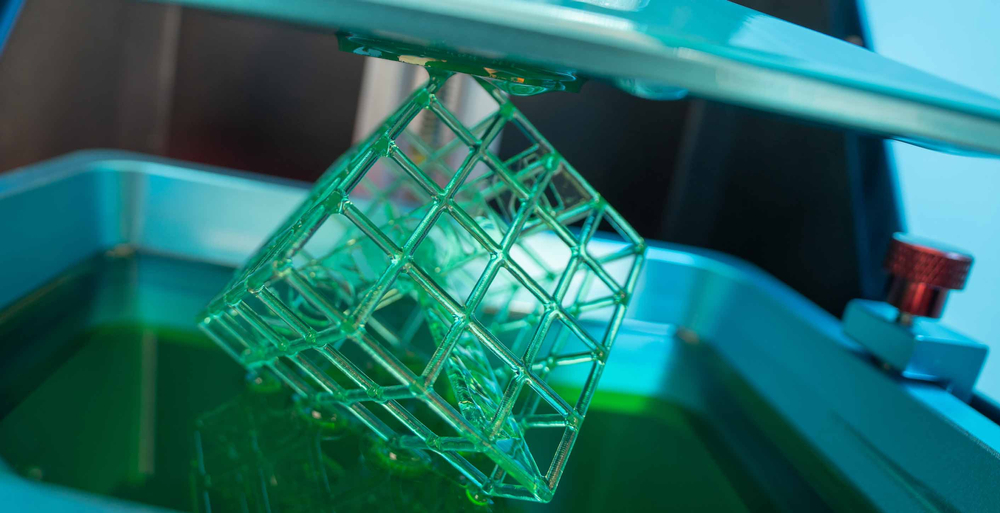
In the coming months and years, the most advanced DLP 3D printing solutions like LuxCreo’s Lux-Series will open up more challenging to print resins that have even higher performance. These new high-performance resins will not print well on most of today’s DLP and SLA printers, however, platforms like LuxCreo’s enable the development of these new materials and can produce tooling with high throughput and yield. The best DLP 3D printing solutions like LuxCreo’s Smart Factory 3D Printers and production service, develop advanced materials, software, and hardware to maximize product performance and production throughput helping manufacturers implement a high-mix, low-volume manufacturing strategy, and scale on demand.
LuxCreo’s Smart Factory 3D Printers and On-Demand Production Services utilize the next generation DLP additive LEAP™ (Light Enabled Additive Production) platform. It is now possible to produce high-mix, low-volume manufacturing of complex products and 3D-printed tooling with the latest advanced materials. We offer Smart Factory 3D printers with Smart Factory on-demand production from idea to volume production. For more information on how our services can improve your supply chain and manufacturing processes, visit our contact page or call (650) 336-0888.
Subscribe to Our Newsletter
Be the first to get our latest updates and free trials!
Popular Resources
Follow Us
Featured Products

4D Aligner™
First Smart ActiveMemory™
Aligner
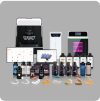
iLux Pro Dental Solution
Ultimate 1-Click Dental
Application Solution

LuxCloud Dental
Your One-stop Digital Dentistry
Platform



